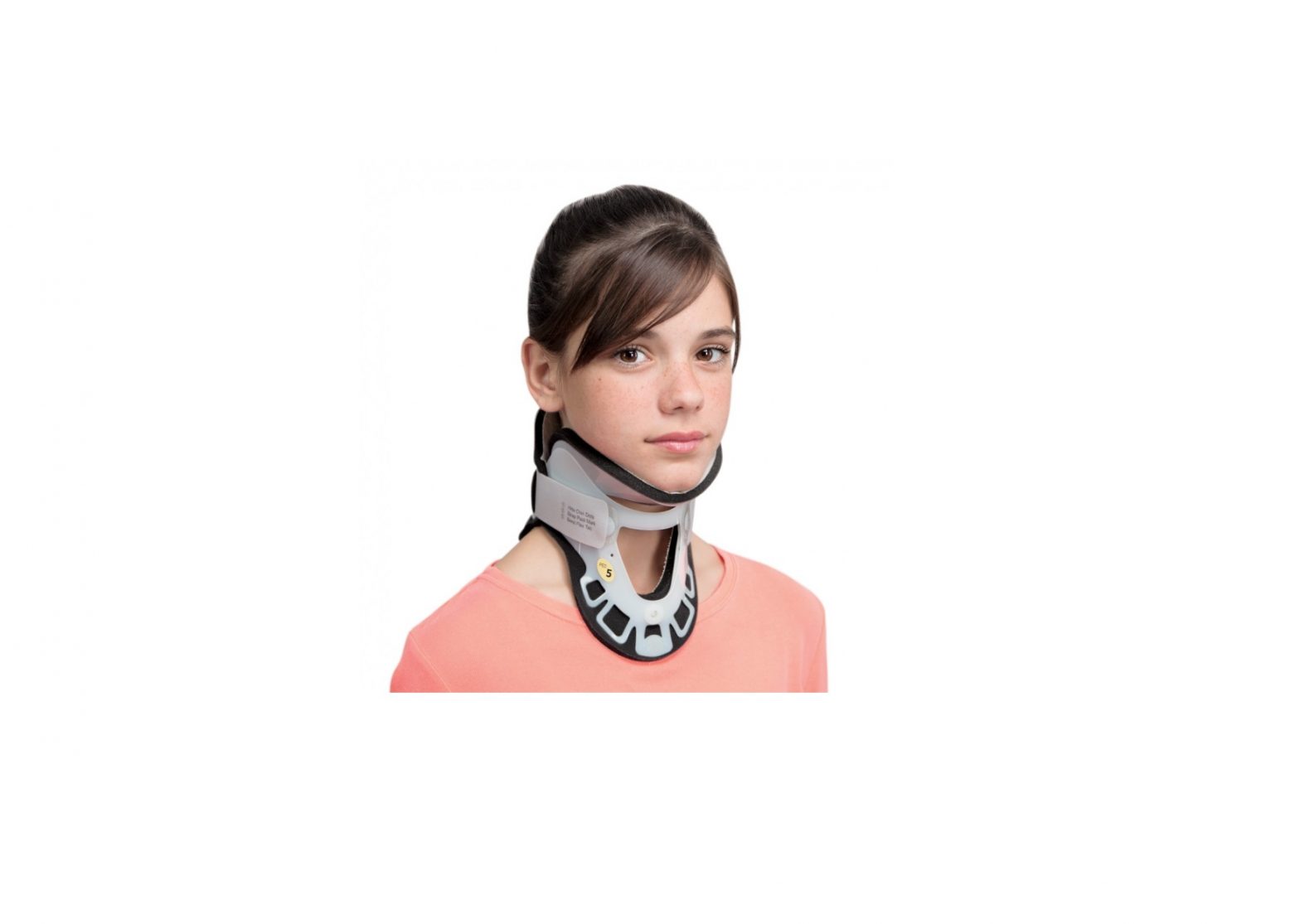DJO ProCare Transitional 173 Cervical Collar User Guide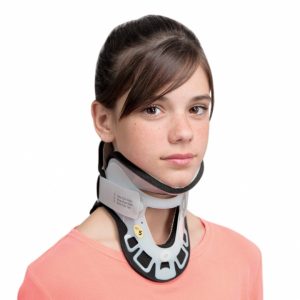
BEFORE USING THE DEVICE, PLEASE READ THEFOLLOWING INSTRUCTIONS COMPLETELY ANDCAREFULLY. CORRECT APPLICATION IS VITAL TO THEPROPER FUNCTIONING OF THE DEVICE.
INTENDED USER PROFILE:
The intended user should be a licensed medical professional, the patient or the patient’s caregiver. The user should be able to read, understand and be physically capable of performing all the directions, warnings and cautions provided in the information for use.
INTENDED USE/INDICATIONS:The Transitional 172 cervical collar is designed to stabilize and relieve the cervical spine and may be suitable for the symptomatic relief of pain and stiffness in the cervical spine area following patient trauma or injury. It may help to minimize neck pain and discomfort. For further details please consult your prescribing physician. Providing immobilization or controlled movement of the limb or body segment.
CONTRAINDICATIONS:Do not use if you are allergic to any of the materials contained within this product.WARNINGS AND CAUTIONS:This product is to be prescribed and fitted by a physician.Do not use over open wounds.Do not use this device if it was damaged and/or package has been opened.The collar should be snug but not tight enough to cause excessive pressure, pain or difficulty breathing or swallowing.If pain, swelling, changes in sensation or other unusual reactions occur while using this product, you should contact a medical professional immediately.There could be difficulties with Laryngoscopy when collars are used hence, the device may have to be removed.NOTE: Contact manufacturer and competent authority in case of a serious incident arising due to usage of this device.
SUPINE PATIENT APPLICATION INFORMATION:
- Position the patient into neutral head alignment, then measure the vertical distance from the tip of the chin to the top of the shoulder using the sizing guide. (Fig. 1)

- Pre-form the collar for optimum comfort, fit and immobilization: FRONT PANEL – Roll the panel sides inwards with both hands. BACK PANEL – Roll up panel into a cylinder. Reminder: Proper sizing and fitting is extremely important. Adjusting the collar too short may not provide proper support. Adjusting the collar too tall may cause hyperextension. (Fig. 2)


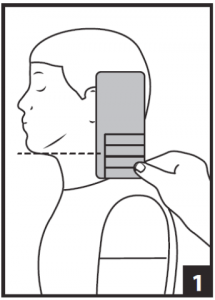
- Place back panel under crevice of neck until panel is centered under the neck. (Fig. 3)

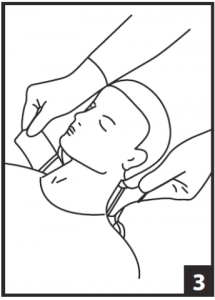
- With patient in neutral head alignment, slide the front portion of the collar up the patient’s neck and properly position the chin support. Reminder: Before applying the collar, verify that the proper size is selected. (Fig. 4)


- Hold the front panel firmly with one hand and center back panel and attach both sides to front panel. (Fig. 5)

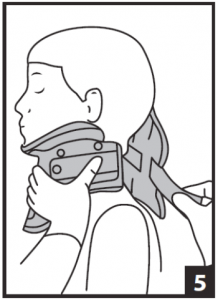
- If necessary, minor adjustments of the straps and the front and back panel supports can improve comfort, fit and immobilization. (Fig. 6)

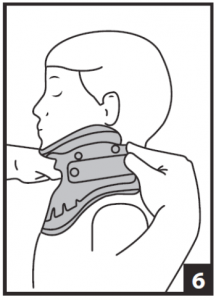
AMBULATORY (UPRIGHT) PATIENT APPLICATION INFORMATION:
- Position the patient into neutral head alignment, measure the vertical distance from the tip of the chin to the top of the shoulder using the sizing guide. (Fig. A)


- Pre-form the collar for optimum comfort, fit and immobilization: FRONT PANEL – Roll the panel sides inwards with both hands. BACK PANEL – Roll up panel into a cylinder. Reminder: Proper sizing and fitting is extremely important. Adjusting the collar too short may not provide proper support. Adjusting the collar too tall may cause hyperextension. (Fig. B)

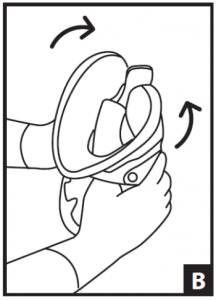
- With patient in neutral head alignment, slide the front portion of the collar up the patient’s neck and properly position the chin support. Reminder: Before applying the collar, verify that the proper size is selected. (Fig. C)

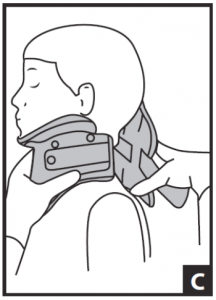
- Hold the front panel firmly with one hand. Place back panel under crevice of neck until panel is centered under the neck and attach both sides to front panel. (Fig. D)

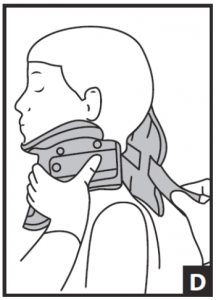
- If necessary, minor adjustments of the straps and the front and back panel supports can improve comfort, fit and immobilization. (Fig. E)

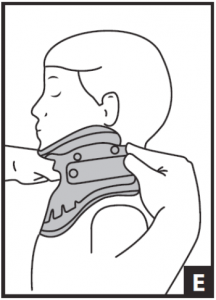
NOTE (Back Panels and Accessories): Use the SMALL BACK PANEL when the Standard Back Panel (packaged with all collars) makes contact with ears and/or overlaps collar front panel to the point where there is less than 2” of hook and loop contact on each side (up to 20” circumference). Use the LARGE BACK PANEL when back panel plastic does not make contact with Standard Front Panel plastic (up to 25” circumference).USE AND CARE:(CLEANING & STORAGE INSTRUCTIONS) Hand wash in warm water (30° C) using mild soap, rinse thoroughly AIR DRY.Note: If not rinsed thoroughly, residual soap may cause irritation and deteriorate materials.WARRANTY:DJO, LLC will repair or replace all or part of the unit and its accessories for material or workmanship defects for a period of six months from the date of sale.COMPOSITION:Low-density Polyethylene (LDPE), Polyurethane, Cotton, Nylon.
CURRENT LEGAL REGULATIONS APPLY FOR SINGLE PATIENT USE ONLY. RX ONLY

NOTICE: WHILE EVERY EFFORT HAS BEEN MADE IN STATE-OF-THE-ART TECHNIQUES TO OBTAIN THE MAXIMUM COMPATIBILITY OF FUNCTION, STRENGTH, DURABILITY AND COMFORT, THERE IS NO GUARANTEE THAT INJURY WILL BE PREVENTED THROUGH THE USE OF THIS PRODUCT


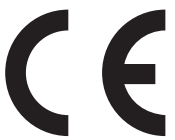

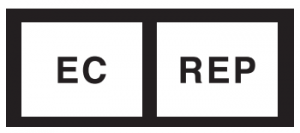





[xyz-ips snippet=”download-snippet”]

